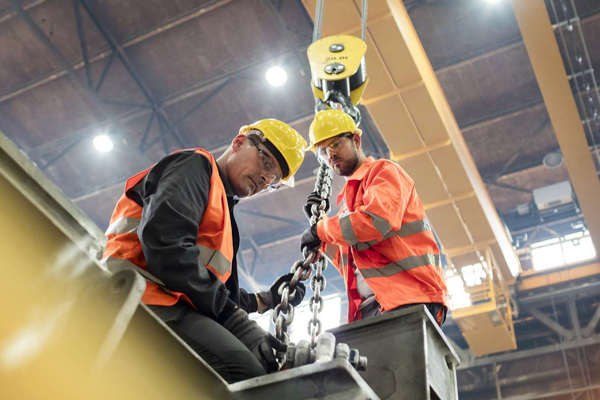In the Custom Program Design phase, we build on the insights gained from our comprehensive assessment, tailoring a safety, health, and environmental program that fits the unique needs of your organization. This phase transforms the understanding we’ve gathered—through executive commitment workshops, culture surveys, leadership sessions, and team member feedback—into actionable, practical solutions. We focus on creating a sustainable framework that empowers your team to independently manage and continuously improve SH&E performance over the long term.
To address the unique demands of safety, health, and environment, we use specialized tools tailored to each discipline, ensuring that each aspect of your program is robust. Some tools, such as cultural assessments and leadership alignment practices, apply across all three areas, reinforcing a unified approach to SH&E excellence. By integrating discipline-specific solutions alongside universal cultural tools, we create a cohesive program that supports overall safety, health, and environmental performance, building a resilient culture that stands the test of time.

Our cultural tools examine the values, attitudes, and behaviors that drive your organization’s approach to safety, health, and environment. By understanding the culture, we identify strengths and areas for improvement, laying the groundwork for a sustainable SH&E program. Some examples:
Our safety-focused tools provide a structured approach to identifying and mitigating risks, promoting proactive safety practices across all levels of the organization. These tools are designed to enhance safety awareness and drive behavior that prevents incidents and protects your team. Some examples:


Our health tools prioritize the well-being of your workforce, addressing both physical and mental health factors that impact overall performance. From ergonomic assessments to industrial hygiene, we tailor our approach to support a healthier, more productive work environment. Some examples:
Our environment tools focus on minimizing your organization’s ecological footprint, ensuring compliance with regulations and fostering sustainability. These tools help manage environmental risks, optimize resource use, and support responsible growth in harmony with environmental standards. Some examples:
